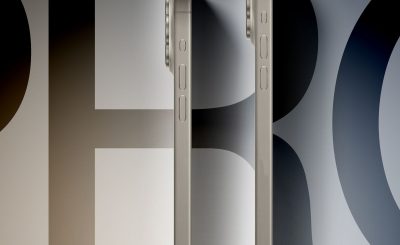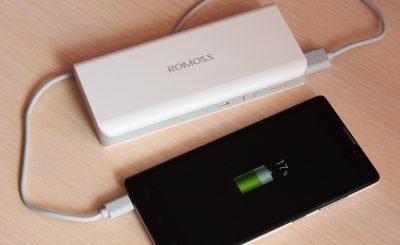Visits: 17
5G City And Region For Every Major Carrier In The US (Verizon, AT&T, T-Mobile, &Sprint)

Smartphone networks are constantly evolving: adding more capacity, expanding to new areas, and generally trying to get a leg up on the competition for major carrier.
But while improvements are always being made, every few years we see a massive shift as the industry transitions to the latest technology.
It’s been about eight years now since we saw 3G start giving way to 4G, and right now we’re witnessing the early days of the move from 4G to 5G for major carrier.
Of course, to take advantage of 5G you’re going to need more than just a 5G smartphone for major carrier — you’ll have to be connecting to a 5G network for major carrier. How can you make sure you’re ready to do that? We’re taking a look at the availability of 5G for major carriers in the US: where it is now, where it’s coming next, and how to get it.
The slow path to 5G city availability
Considering the physical size of the US, and the mountains of existing infrastructure in place, upgrading the nation’s cellular backbone for 5G is no small undertaking. And while all the carriers are eager to demonstrate high-speed 5G availability, actual access to 5G has been plagued by stipulations, misrepresentations, and half-truths.
Some of that stems from confusion and ambiguity over just what counts as “5G,” a situation particularly capitalized on by AT&T and its 5G Evolution scheme. And to be fair, there are a lot of moving parts to keep track of, like which frequency bands a particular carrier is using — and understanding why factors like that could influence performance more than on previous-generation networks.
But mostly, we’re just waiting for the carriers to flip 5G on, and that’s a slow process, market by market. As we inch our way along towards more-or-less nationwide coverage, we’re keeping track of the four big networks and their efforts to deliver 5G for major carrier.
Where coverage is currently available, we’ve listed it — though keep in mind that access can be very, very spotty for now, and some cities don’t see more than a few isolated blocks of 5G city reception.
Where available, we’ve also listed those markets set to receive 5G “soon.” Depending on the carrier, that might be in a few months, or maybe in a year or more, but all these cities are on the road maps.
There also may be more markets in the works than just those displayed below, but these are the ones we’ve seen publicly disclosed.
AT&T 5G City
Now:
- Atlanta
- Austin
- Charlotte
- Dallas
- Houston
- Indianapolis
- Jacksonville
- Las Vegas
- Los Angeles
- Louisville
- Nashville
- New Orleans
- Oklahoma City
- Orlando
- Raleigh
- San Antonio
- San Diego
- San Francisco
- San Jose
- Waco
Soon:
- Chicago
- Cleveland
- Minneapolis
Sprint
Now:
- Atlanta
- Chicago
- Dallas – Forth Worth
- Kansas City
- Houston
Soon:
- Los Angeles
- New York City
- Phoenix
- Washington, D.C.
T-Mobile
Now:
- Atlanta
- Cleveland
- Dallas
- Las Vegas
- Los Angeles
- New York
Verizon
Now:
- Chicago
- Denver
- Minneapolis
- Providence
- St. Paul
- Atlanta
- Boston
- Charlotte
- Cincinnati
- Cleveland
- Columbus
- Dallas
- Des Moines
- Denver
- Detroit
- Houston
- Indianapolis
- Kansas City
- Little Rock
- Memphis
- Phoenix
- Providence
- San Diego
- Salt Lake City
- Washington DC
5G coverage for all four carriers should be up to date as of the time of publication. We’ll check back in with this list every couple weeks to update it with new entries as 5G sweeps across the nation.







You must be logged in to post a comment.